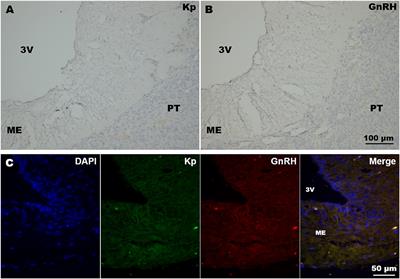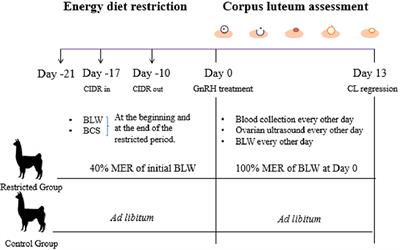EDITORIAL
Published on 10 Aug 2021
Editorial: Reproduction in South American Camelids
doi 10.3389/fvets.2021.722949
- 1,341 views
12k
Total downloads
65k
Total views and downloads
EDITORIAL
Published on 10 Aug 2021
ORIGINAL RESEARCH
Published on 17 Mar 2021

ORIGINAL RESEARCH
Published on 10 Feb 2021

ORIGINAL RESEARCH
Published on 02 Feb 2021

ORIGINAL RESEARCH
Published on 22 Jan 2021

ORIGINAL RESEARCH
Published on 21 Jan 2021

ORIGINAL RESEARCH
Published on 05 Jan 2021

ORIGINAL RESEARCH
Published on 16 Dec 2020

ORIGINAL RESEARCH
Published on 10 Dec 2020

ORIGINAL RESEARCH
Published on 03 Dec 2020

ORIGINAL RESEARCH
Published on 01 Dec 2020

ORIGINAL RESEARCH
Published on 30 Nov 2020
